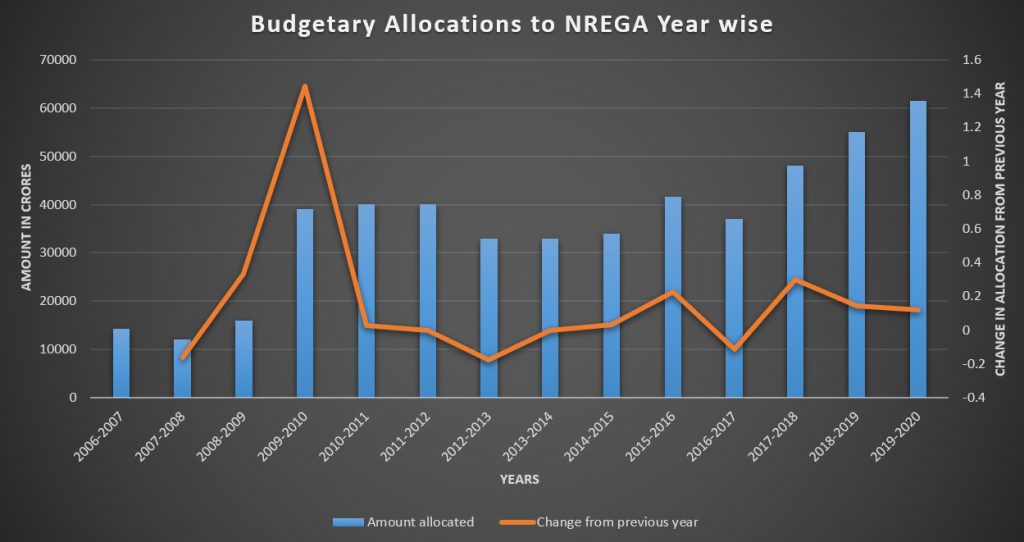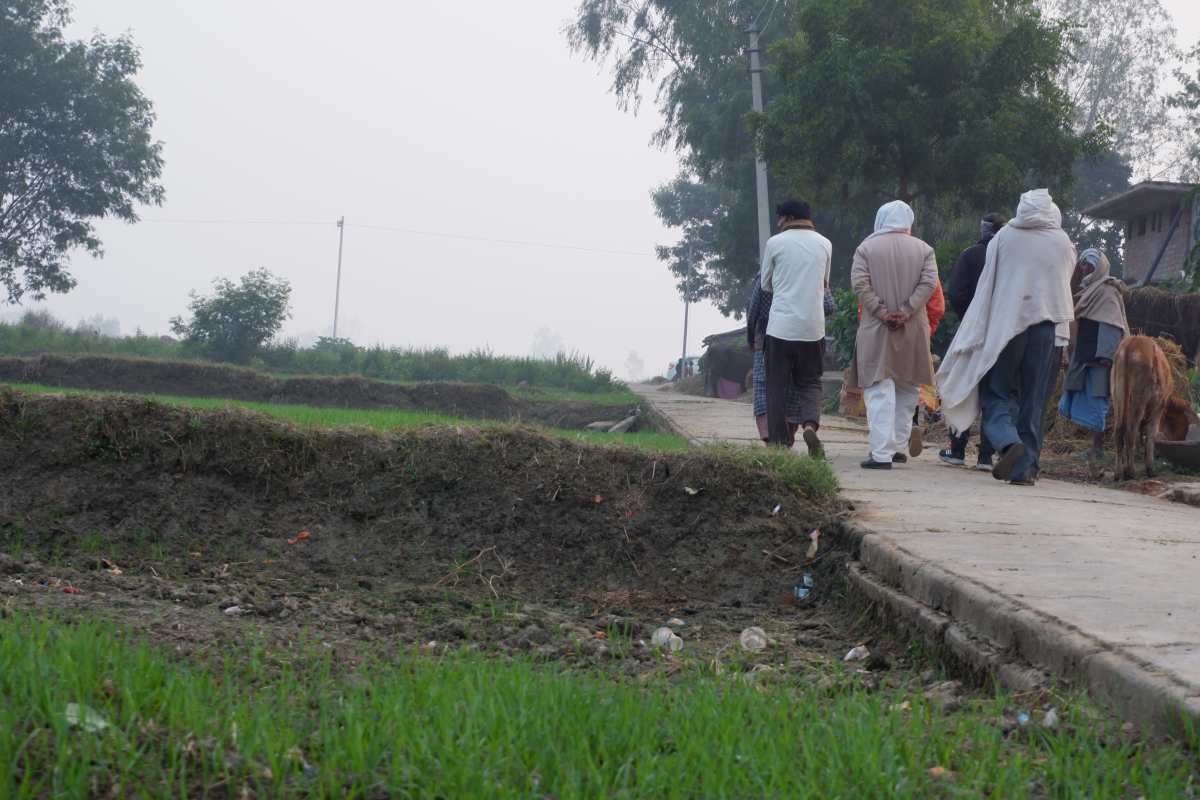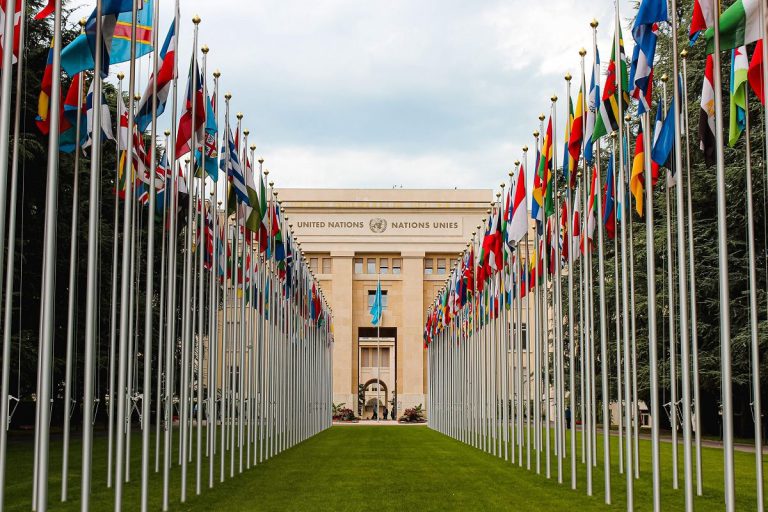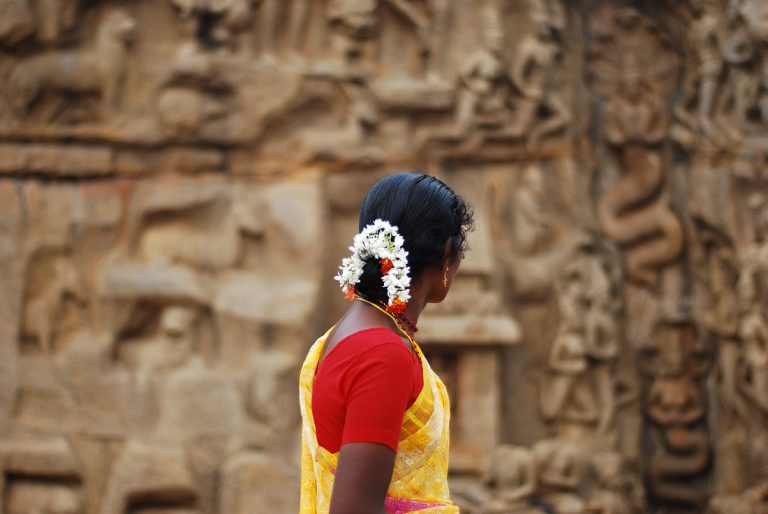The Phenomenon called MGNREGA – Part 2
Sai is a member, Core Team, The ArmChair Journal.

[responsivevoice_button voice=”US English Male” buttontext=”Read out this Theel for me”]
With BJP criticizing the MGNREGA harshly and the UPA for being foolish to run the MGNREGA so inefficiently and coupled with their [BJP’s] love for supply-side intervention ideology, it was expected that the MGNREGA take a severe beating and lose the love and care offered by the Congress. There was nothing surprising when the BJP took the spotlight off the MGNREGA. It began to introduce various supply-side interventions that were expected to bear fruit by the time of elections in 2019. Schemes like Make in India, Start up India, Stand up India, Ujala Scheme for light bulbs, and Ujjwala scheme for LPG connections, which were the pet-schemes of Narendra Modi and the BJP government in it’s 2014 to 2019 ruling are all supply-side interventions. These schemes incentivise producers to start production in India or subsidize the price of products to ensure an uptick in their demand and expansion of their customer base.
The BJP was going in highlighting these new schemes, but the first year saw the allocation remain the same, despite rural India already reeling under severe droughts and heavy clamour demanding for higher allocation. With the drought continuing longer, the BJP decided to utilise the MGNREGA and provide some relief, leading to a hike in allocation in 2015-2016. The next year, as expected, they got back to favouring their schemes and allocated less for this program; it was a wake-up call for them. With several organizations, economists, and political leaders bashing the government for its ill-treatment to such a powerful programme, coupled with feedback from party leaders on the ground, who realised the importance of MGNREGA, the allocations for MGNREGA have only been on the rise since, beating previous records.

What has been the impact?
Over the decade and a half since inception, the MGNREGA has been used more than Rs. 5 lakh crores, which is $70 billion on creating more than 29.88 billion person-days of groundwork. That means if every person of the Earth’s 7 billion population, were to participate in MGNREGA, every person would have worked more than four days each. To put things in perspective, the $70 billion used in MGNREGA is the entire GDP of countries like Luxembourg and Cambodia. As per research conducted by the Ministry of Rural Development, that assessed the performance until 2012, almost 66% percent of the budget allocations reached the ground as wages to the people who participated, with the rest being administrative costs. This means that of the 5 lakh crores, this scheme alone put into the hands of crores of rural Indians, almost 3 lakh crore rupees. And, this was all not done in vain, unlike what Keynes had suggested (read about this in Part 1) about paying to dig up the roads and fill them back again. The MGNREGA differentiated from most other employment schemes that preceded it, on this aspect: the aspect of creating durable assets, and linking further budgetary allocations to a Gram Panchayat (GP), only after the completion of a selected task and creation of an asset, which is validated by an independent committee appointed to check.
Various independent studies have been carried out by different organizations, foundations, think-tanks, and many more. Some of the most promising highlights from their reports, about the positive impact of the programme, revolve around the people, who were able to receive the money and how it had a telling effect on putting disposable income in the hands of people. There are plenty of papers and reports on how this has led to better schooling opportunities for their children, access to good medical facilities, women empowerment, and much more. Not only being a demand-side intervention, MGNREGA is also a bottom-up approach meaning that the decision making is decentralised and the respective Gram Panchayats have the power to select the work they want to take up, which is decided as a community.
While MGNREGA has shone bright on the count of bettering the lives of those who could participate and were paid, it has come under for the questionable asset quality built, the delayed wage payments, and its many incidences of corruption. In an article for Times of India, Jagdish Bhagwati and Aravind Panagariya, point out that to put a rupee in the hands of the beneficiary on the ground, 5 rupees are being spent, after ‘conservatively assuming’ a leakage of 25% along the chain. Using this as basis, they argue that it is not efficient to continue supporting the MGNREGA in its current form.
While it is far from perfect, definitely inefficient, and highly opaque, it has surely changed the lives of many. People might say that for the 5 lakh crores spent, there would be some real beneficiaries out there. But, the MGNREGA, as an idea, has a lot of potential and can work wonders for the economy in terms of both, income for the rural poor and assets built. The implementation must be made sleeker, agile, and transparent. Working in the development sector and witnessing first-hand the work carried out by government officials, right from the block development officer at the blocks to the secretaries at the ministries, their actions are more complex than we can grasp and imagine; there is already immense work going on. I think technology has the potential to play an absolutely critical role in the future. While geo-tagging of the projects and assets created has already begun, the ministry is also readying a slick MGNREGA dashboard for public use. Also, MGNREGA would need to adapt to the changing demographics of India and begin to include more skill-based jobs. Furthermore, the MGNREGA has the potential to help the government in tiding over a huge crisis during the pandemic, by stimulating demand during a recession. No wonder the government has further allocated another 40,000 crores in the COVID response package. This could help sail the Indian economy, preventing it from a screeching halt, through these turbulent times. There will always be avenues for creating assets, such as drought proofing, floodproofing, building new roads, renovation of government offices, etc. They have to be rightly selected, implemented, and monitored to achieve effective results.
Now, coming to the most important question of all. Is it the responsibility of the government to guarantee the employment of its population? There are some thoughts that I have on this topic, and it would be fodder for another article on another day. Do think about this fundamental question, and feel free to share your thoughts.
Featured Image Credits: Shanmukha Sai Uppala








